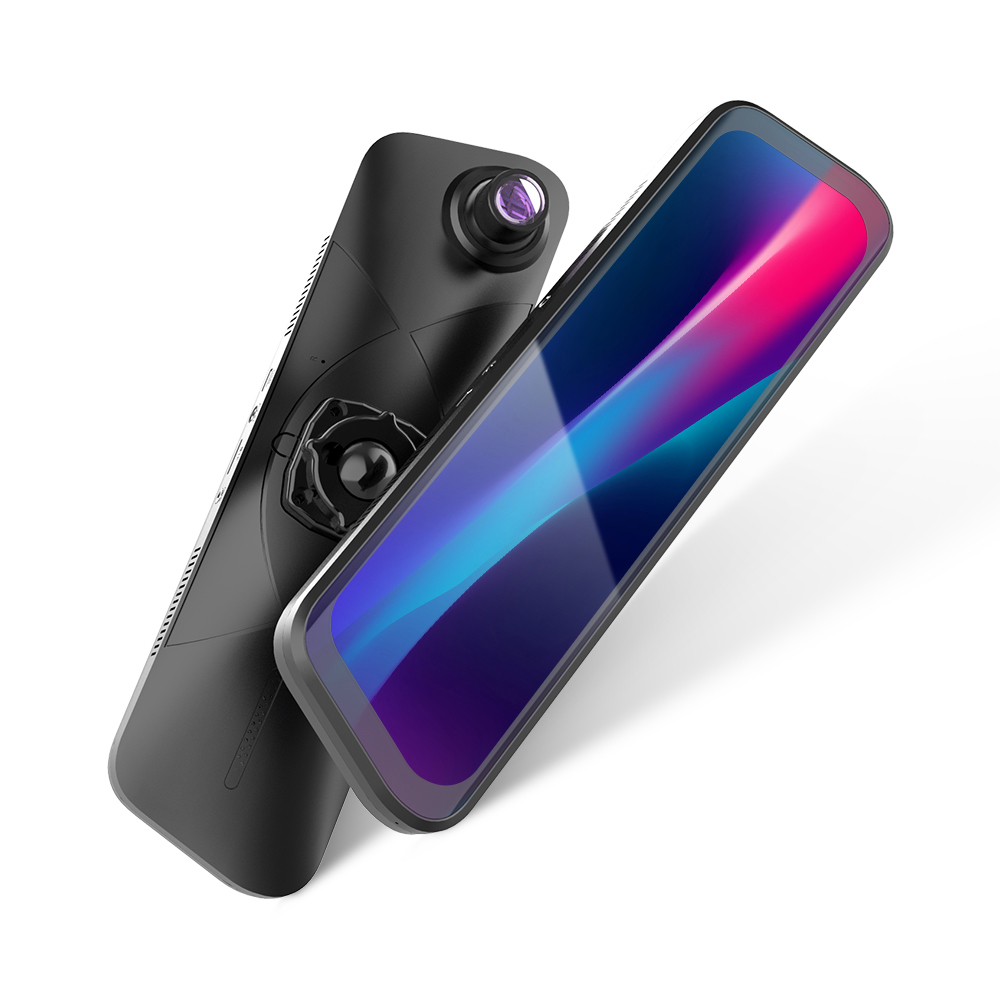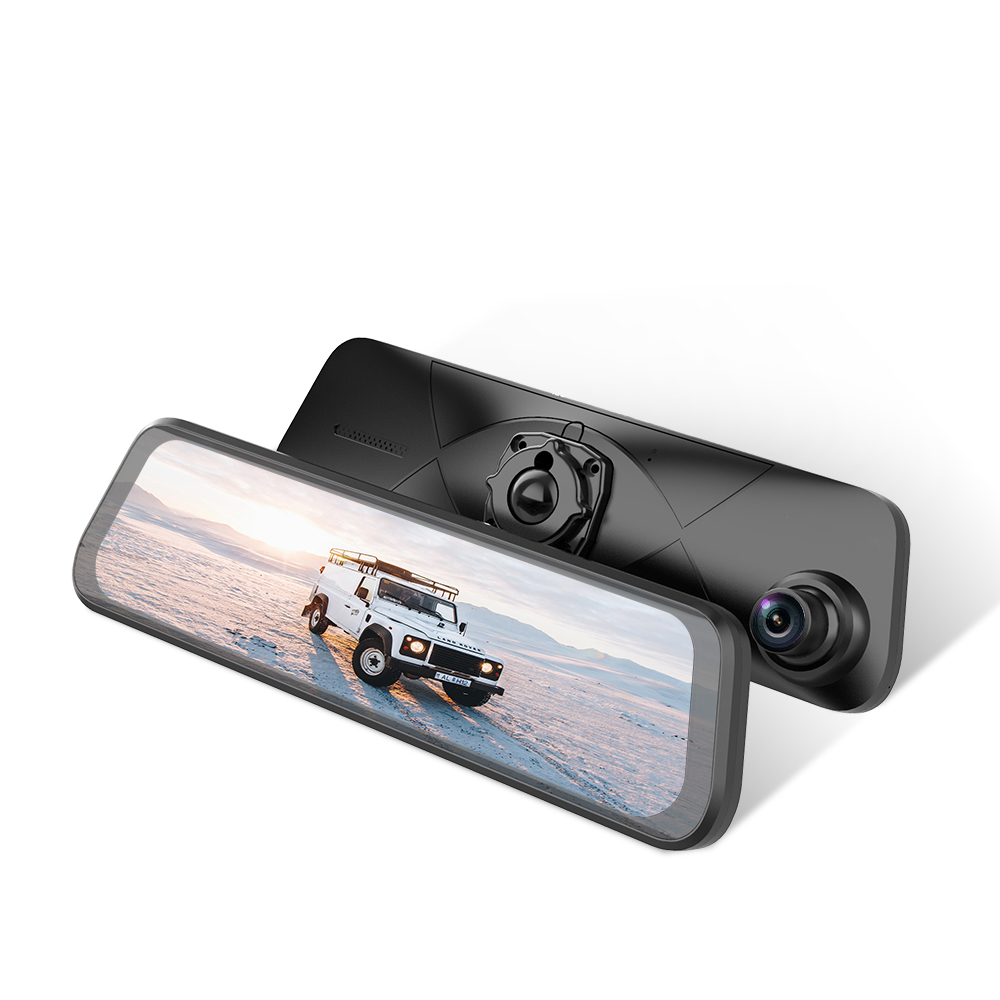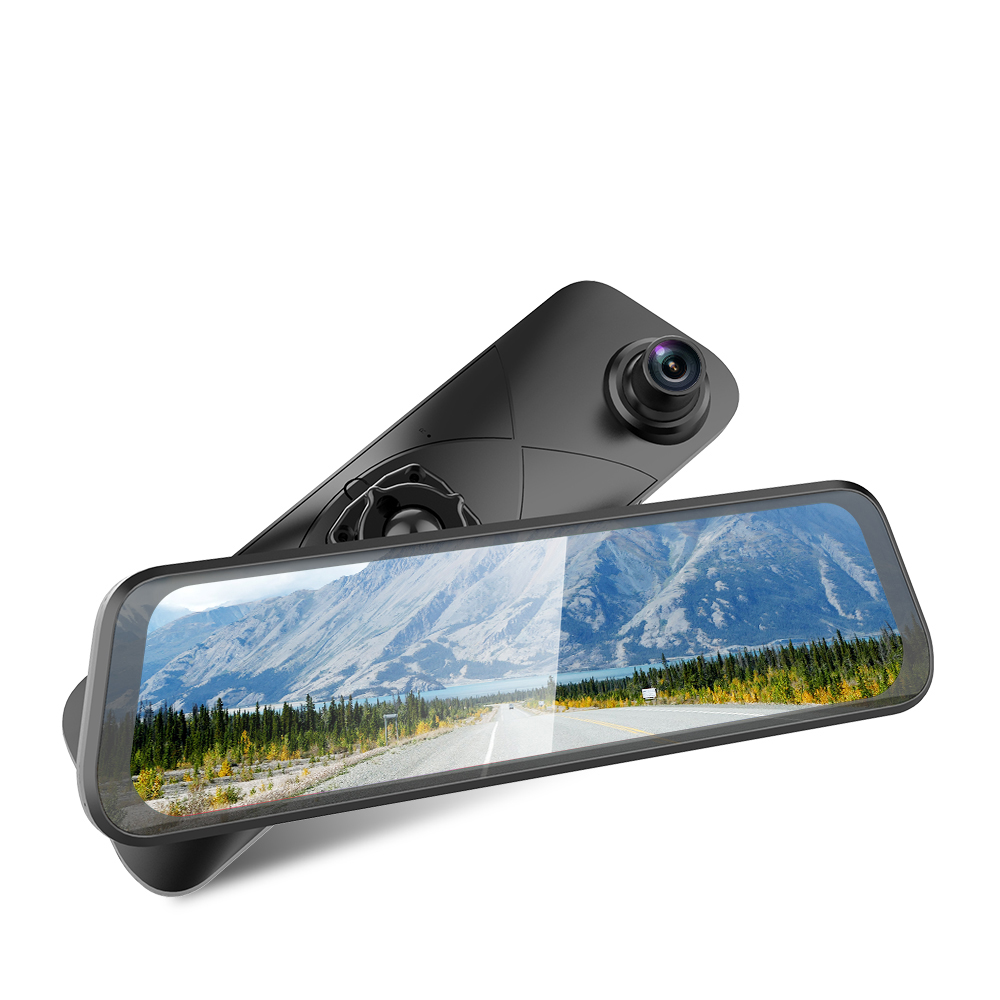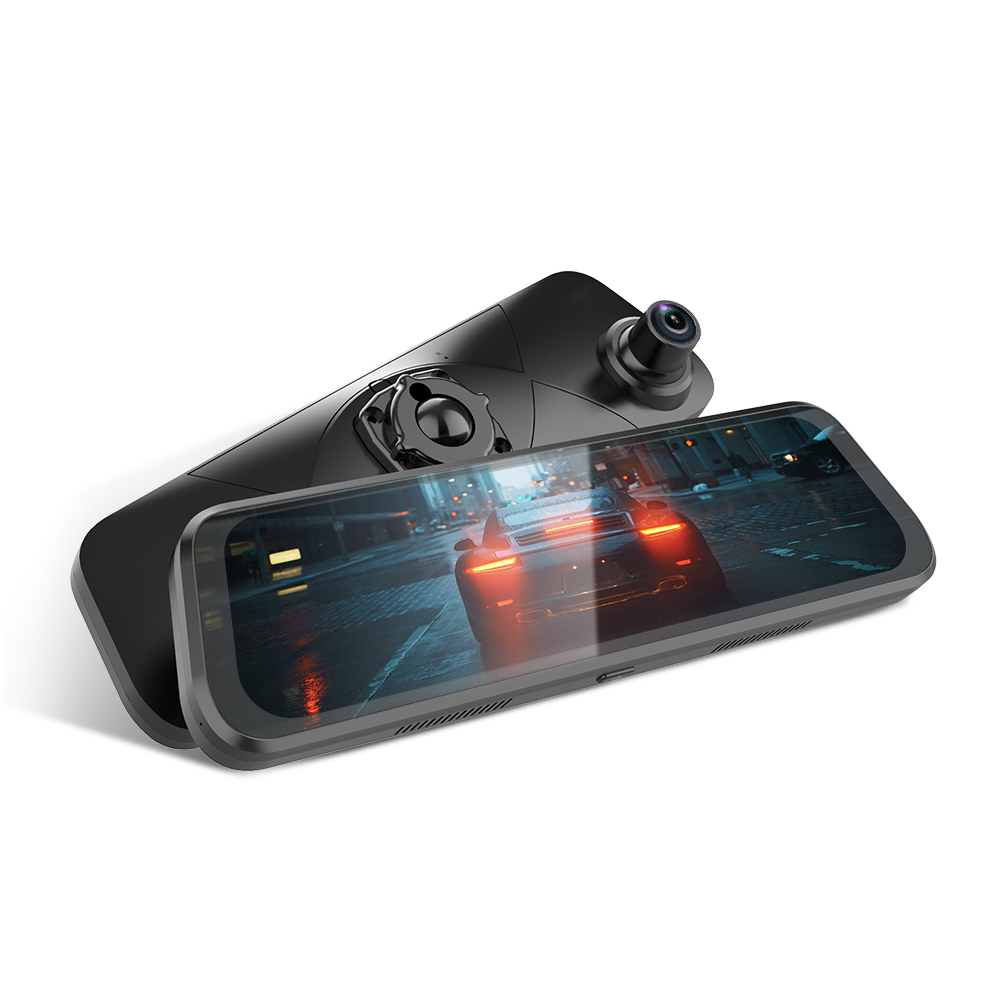Solving the Windows Media Player Streaming Dilemma on Android: The Best App Revealed

Understanding the Streaming Challenge
In today's digital age, the ability to stream content seamlessly has become a necessity for many individuals. When it comes to Windows Media Player, there is a growing demand to stream its content to Android devices. This need arises from the increasing reliance on mobile devices for entertainment and productivity.
The Need to Stream from Windows Media Player to Android
Why People Want to Stream Media
The desire to stream media from Windows Media Player to Android stems from the convenience it offers. Users want the flexibility to access their music, videos, and other media files on their Android devices without having to transfer them manually. This allows for on-the-go entertainment and easy sharing of content with others.
The Challenges Involved
However, achieving seamless streaming from Windows Media Player to Android presents several challenges. Compatibility issues between the two platforms, as well as the lack of native support for this functionality, can make it difficult for users to achieve a smooth streaming experience.
The Basics of Streaming Technology
How Streaming Works
At its core, streaming involves transmitting data over a network in a continuous flow, allowing users to access and enjoy multimedia content in real-time. This technology eliminates the need for users to download large media files before accessing them, providing instant gratification.
The Role of Apps in Streaming
Apps play a crucial role in facilitating seamless streaming experiences. Specifically, they act as intermediaries between the source of the media content (in this case, Windows Media Player) and the destination device (Android). These apps are designed to ensure compatibility and efficient data transmission, enhancing the overall streaming process.
Exploring Solutions for Streaming from Windows Media Player to Android
As the demand for streaming content from Windows Media Player to Android continues to grow, it's essential to explore the available solutions that can bridge the gap between these platforms.
Common Methods to Stream Content
Using DLNA and UPnP
One common method for streaming content from Windows Media Player to Android is by leveraging DLNA (Digital Living Network Alliance) and UPnP (Universal Plug and Play) technologies. These protocols enable seamless sharing of media across devices within a network. By utilizing DLNA and UPnP, users can access their media library from Windows Media Player on their Android devices, creating a unified entertainment experience.
Third-Party Streaming Apps
Another popular approach involves the use of third-party streaming apps specifically designed to facilitate the seamless transfer of media content. These apps serve as intermediaries, establishing a connection between Windows Media Player and Android devices. They often offer additional features such as transcoding capabilities, which ensure compatibility between different file formats, enhancing the overall streaming experience.
Comparing Streaming Solutions
Pros and Cons of Each Method
When comparing these two methods, each presents its own set of advantages and limitations. While DLNA and UPnP provide a standardized framework for media sharing, they may require additional configuration and setup. On the other hand, third-party streaming apps offer more flexibility and advanced features but may come with associated costs or subscription fees.
Factors to Consider When Choosing a Solution
Several factors should be taken into account when selecting a suitable streaming solution. The user's technical proficiency, network infrastructure, desired level of control over the streaming process, and budget all play crucial roles in determining the most appropriate method for streaming from Windows Media Player to Android.
By carefully evaluating these considerations, users can make an informed decision that aligns with their specific needs and preferences.
The Best Android App for Streaming Windows Media Player Content
As the demand for seamless streaming from Windows Media Player to Android devices continues to rise, it's essential to identify the top contender among the available Android apps that can effectively bridge this gap.
Introducing the Top Contender
When it comes to streaming content from Windows Media Player to Android, one standout Android app that has garnered widespread acclaim is the "MediaLink." This app offers a comprehensive solution for users looking to access their Windows Media Player library on their Android devices.
Features That Stand Out
Seamless Integration: MediaLink seamlessly integrates with Windows Media Player, allowing users to access their entire media library without any compatibility issues.
User-Friendly Interface: The app boasts an intuitive interface, making it easy for users to navigate through their media files and initiate streaming effortlessly.
Transcoding Capabilities: MediaLink includes transcoding capabilities, ensuring that media files in various formats are compatible with Android devices, thus enhancing the overall streaming experience.
How It Solves Streaming Challenges
MediaLink addresses the challenges associated with streaming from Windows Media Player to Android by providing a reliable and user-friendly platform. Its seamless integration and transcoding capabilities ensure that users can access their media content without encountering compatibility issues or disruptions.
Setting Up the App for Optimal Streaming
Step-by-Step Installation Guide
Download and Install: Begin by downloading the MediaLink app from the Google Play Store onto your Android device.
Connect to Windows Media Player: Once installed, launch the app and follow the simple setup process to establish a connection with your Windows Media Player library.
Access Your Library: Upon successful connection, you can browse through your entire media library directly from your Android device and initiate seamless streaming of your favorite music and videos.
Tips for Smooth Streaming
Network Optimization: Ensure that both your Windows PC running Windows Media Player and your Android device are connected to a stable Wi-Fi network for optimal performance during streaming sessions.
Regular Updates: Keep both the MediaLink app and your Windows PC's operating system up-to-date to benefit from any performance enhancements or bug fixes that may improve the overall streaming experience.
By following these steps and tips, users can set up MediaLink for optimal performance when accessing their media content from Windows Media Player on their Android devices.
Making the Most of Your Streaming Experience
As users delve into the world of streaming content from Windows Media Player to their Android devices, there are additional steps they can take to enhance their overall streaming setup and explore further possibilities in this digital landscape.
Enhancing Your Streaming Setup
Optimizing Network Settings
Optimizing network settings is crucial for ensuring a smooth and uninterrupted streaming experience. Users should prioritize connecting both their Windows PC, running Windows Media Player, and their Android device to a stable Wi-Fi network. Additionally, minimizing network congestion by limiting simultaneous heavy usage activities can further optimize the streaming environment.
Accessory Recommendations
In some cases, users may benefit from specific accessories to augment their streaming setup. For instance, investing in a high-quality wireless router with extended coverage can improve Wi-Fi connectivity and reduce potential signal interference. Furthermore, utilizing media streaming devices or smart TVs that support Windows Media Player integration can provide an alternative platform for accessing media content on larger screens.
Exploring Further Streaming Possibilities
Other Media Players and Apps
While MediaLink stands out as an excellent solution for streaming from Windows Media Player to Android, users may also want to explore other media players and apps available in the market. Some alternative apps offer unique features such as advanced playlist management, customizable playback options, or integrated cloud storage support. By exploring these alternatives, users can find a solution that best aligns with their specific preferences and requirements.
Future Trends in Streaming Technology
The landscape of streaming technology continues to evolve rapidly, presenting exciting opportunities for future advancements. Emerging trends such as augmented reality (AR) and virtual reality (VR) integration with media players could revolutionize the way users interact with their media content. Additionally, developments in audio enhancements and personalized recommendation algorithms are poised to elevate the overall streaming experience for users across different platforms.
By considering these recommendations and staying informed about evolving technologies, users can maximize their streaming experience while embracing the potential for future innovations in the realm of digital entertainment.
See Also
Selecting the Top Android Video Player Apps for Media Streaming
Discovering the Functions of 13.3 Inch W447 Android Radio for Mercedes
Contrasting 9.66inch Tesla Streaming Recorder with Audiosources Equivalent
The Next Era of Motorcycle Connectivity: Water-Resistant Wireless Carplay
The Definitive VITO DVD Radio Analysis: Revealing Its Remarkable Attributes




